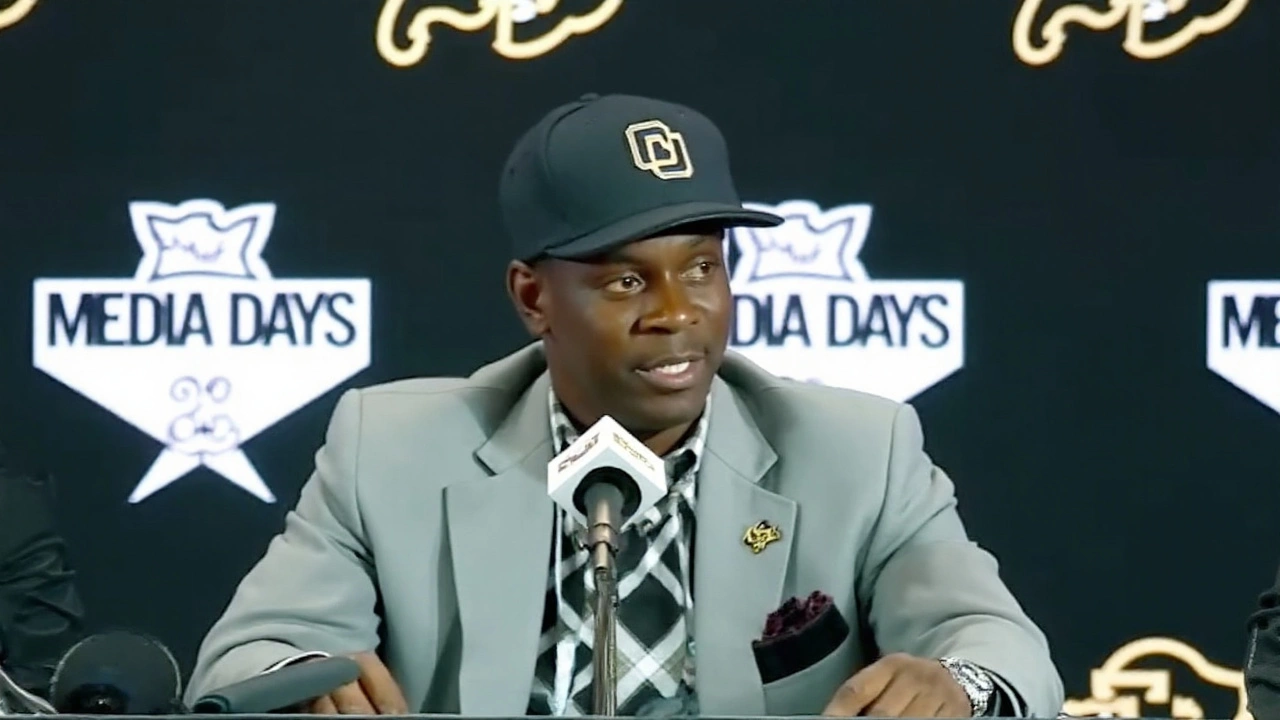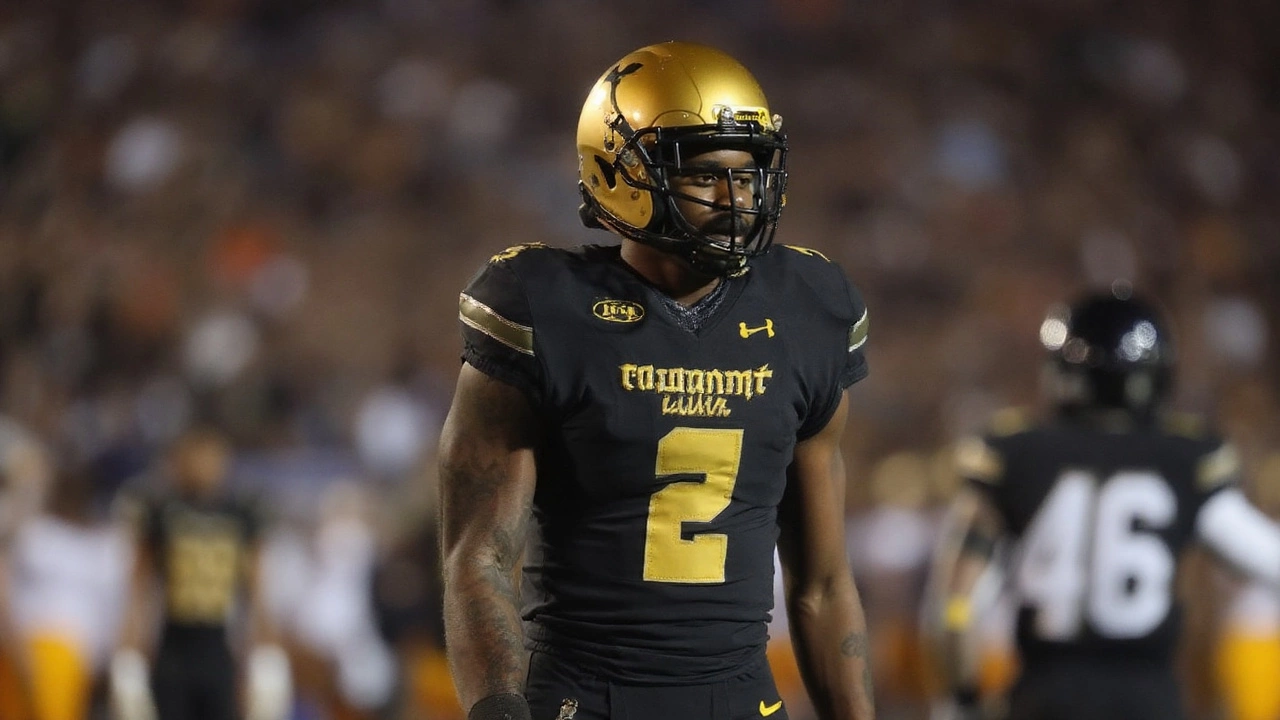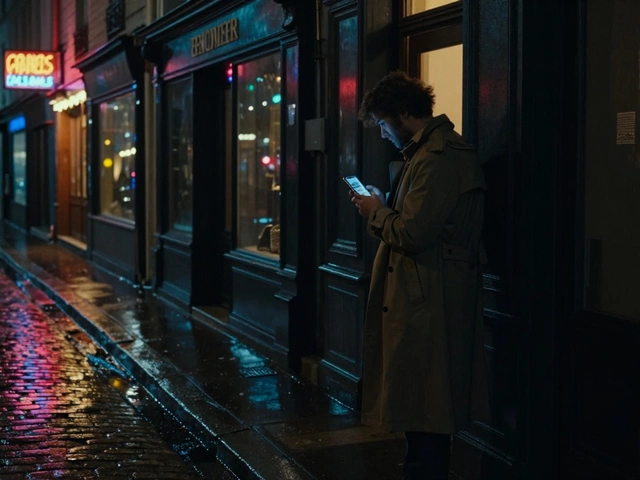Colorado brought its biggest question mark on the plane. Wide receiver Omarion Miller, officially listed as questionable with a hamstring injury, made the trip to Houston for tonight’s Big 12 matchup, a small but meaningful tell that he could see the field. Earlier this week, Deion Sanders sounded unsure about Miller’s status. By Thursday night, Colorado beat writer Brian Howell noted on X that Miller was among the 70 players who traveled — the Big 12 limit for road games — which usually isn’t a courtesy spot. If you’re on the plane, you’re at least preparing to play.
Miller left the season-opening loss to Georgia Tech after a 39-yard catch and did not return. He sat out the win over Delaware, too. The staff has been cautious, and for good reason: hamstring problems don’t forgive impatience. But with a road game against the Cougars, and a likely new starter at quarterback in Ryan Staub, Colorado needs its cleanest passing-game look. Miller entered the season as the expected WR1 after a buzzy spring and fall. He’s the player who can tilt coverage and unlock the deep shots the Buffs have been chasing.
Why Miller’s trip matters
In the Big 12, you get 70 seats on the road roster. Every one of those spots is valuable — especially for receivers, where snap counts tend to rotate and special teams matter. Bringing an injured star doesn’t guarantee snaps, but it usually means the staff wants a live look in warm-ups. If he moves well, he plays. If he doesn’t, he’s down. Simple as that.
There’s also the functionality of game planning. A true WR1 changes the math. Defenses have to declare how they’ll handle him — roll a safety over the top, travel a corner, or live with single coverage and hope the rush gets home. If Miller is active, even on a pitch count, Colorado can script shot plays, force Houston to defend the boundary, and create easier yards underneath for everyone else.
One more layer: rhythm. The Buffs struggled to push the ball vertically with Kaidon Salter, and freshman Julian Lewis wasn’t ready to take over. That nudged Ryan Staub into the mix last week, and he brought some pop to the offense. If Staub starts tonight, having a true No. 1 outside target gives him a familiar, high-percentage read on third downs and in the red zone. It’s not just about highlights. It’s about making the defense respect the whole field.
How will Colorado actually decide? Watch pregame. Coaches and trainers look for specific signs before green-lighting a receiver coming off a hamstring:
- Full-speed sprints without any visible hitch or guarding.
- Hard cuts and acceleration out of breaks, not just straight-line running.
- Explosive jumps on fades and back-shoulder routes.
- Post-sprint recovery — no grabbing at the back of the leg, no tightness on the jog back to the huddle.
- Comfort with taping and compression — if he’s constantly adjusting, that’s a red flag.
If Miller clears those boxes, expect a managed workload. Think scripted early touches to test the hamstring — a quick hitch, a glance route, maybe a boundary fade — and then a re-check on the sideline. If the leg responds, the snap count grows.

How his return changes Colorado’s plan
Colorado’s passing game needs a vertical anchor. With Miller healthy, the Buffs can stress Houston with three things they haven’t consistently shown since the opener:
- True go-route speed that forces the safety deeper and widens throwing lanes.
- Back-shoulder timing outside the numbers, a QB-friendly throw when the pocket squeezes.
- Yards-after-catch on slants and crossers when corners play soft to protect against the deep ball.
Staub’s style helps. He gets the ball out, he’s decisive on rhythm throws, and he’s comfortable taking what’s there. Give him a big-bodied WR1 who wins on the boundary, and the offense can stay ahead of the sticks instead of chasing third-and-long. That matters on the road, where silent counts and crowd noise punish long-developing plays.
Houston’s defense won’t sit back and admire it. Expect pressure pockets and a mix of man and match-zone looks to cloud reads. The presence of a clear WR1, though, lets Colorado dictate matchups. If the Cougars bracket Miller, someone else is facing single coverage. If they don’t, the Buffs can keep calling verticals until Houston proves it can run with him. Either way, Miller changes the geometry of every snap.
There’s also a ripple effect in the run game. When a defense worries about the top being taken off, safeties creep back a step or two. That softens the box and opens space for draw plays, RPO keepers, and perimeter screens that function as handoffs. A healthy WR1 helps even when he’s not touching the ball.
If he’s limited, Colorado can still use him as a threat. A handful of scripted appearances — opening drive, a key third down, a red-zone look — can move coverage and give Staub a clean picture. On a pitch count, you might see Miller in high-leverage situations and then off for a series as the staff manages the load.
And if he can’t go once he warms up? Then it’s back to spreading the ball and leaning on timing routes, motion, and bunch formations to manufacture separation. Colorado has depth at receiver, but no one else on the roster combines Miller’s size, burst, and catch radius. The play sheet looks different without him.
All of this hangs on a single call right before kickoff. As of Thursday night, the designation remained “questionable.” The travel roster spot points toward a genuine attempt to play, not just moral support. If you’re tracking this closely, keep an eye on the first 20 minutes of warm-ups. If he’s opening up on sprints and taking sharp cuts without hesitation, that’s your tell. If he stays in a beanie with a trainer nearby, you have your answer too.
Colorado needs every edge in a tight Big 12 road game. A healthy Omarion Miller is an edge. Even a limited version changes how Houston has to defend. The next update that matters won’t come from a midweek sound bite — it’ll come from how he moves under the stadium lights.


